I am trying to perform a binary classification using tensorflow (V.1.1.0) with a single neuron at the output layer. The snippet below corresponds to the loss function and optimizer I am currently using (inspired from the answer here).
ratio=.034 #minority/population ratio
learning_rate=0.001
class_weight=tf.constant([[ratio,1.0-ratio]],name='unbalanced_ratio') #weight vector, (lab_feed is one_hot labels)
weight_per_label=tf.transpose(tf.matmul(lab_feed,tf.transpose(class_weight)),name='weights_per_label')
xent=tf.multiply(weight_per_label,tf.nn.sigmoid_cross_entropy_with_logits(labels=lab_feed,logits=output),name='loss')
loss=tf.reduce_mean(xent)
optimizer = tf.train.GradientDescentOptimizer(learning_rate = learning_rate,name='GradientDescent').minimize(loss)
My issue is however that for some reason all instances are classified as the same class after progression of epochs. Do I have to stop training in the middle or is there something wrong with the loss function?
